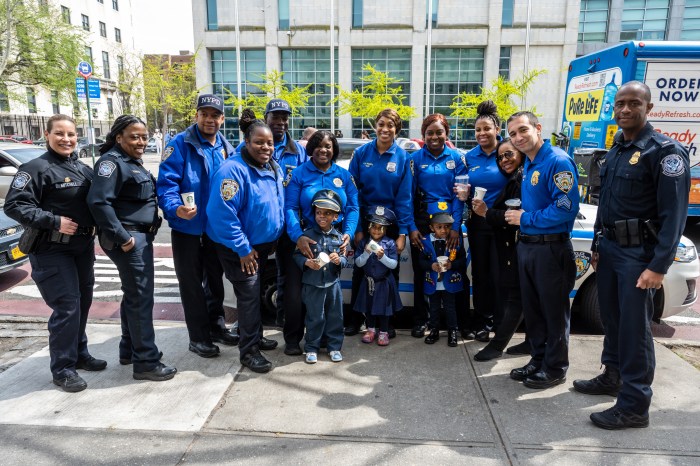
Naomi Epstein, who gives her age as “retired schoolteacher,” taught for many years the dying art of cursive, and its diminishment bothers the Brooklyn educator.
“When I think of my mother, I think of her handwriting,” she says, recalling it as graceful, clear, and well-formed. “It was her.”
For many people born before the ascension of our computer overlords, the loss of cursive is baffling and, to some, disturbing. The issue rose again last week at a state legislature hearing, where Staten Island Assemblywoman Nicole Malliotakis queried city officials about the status of teaching cursive in city schools, as she had a year before.
Some of her concerns: that young people wouldn’t be able to sign a legal document or voter registration form. Or that they would even have difficulty reading that foundational document, the Declaration of Independence.
Her examples place the activity at the core of civic life, though plenty of official documents are signed these days by typing initials into an online form. And the Declaration is fairly viewable here. For script devotees, of course, that entirely misses the point.
Cursory history of cursive
Penmanship purists likely have always seen better times in the past. The history of American cursive is one of simplifying itself.
Fancy-looking Spenserian script, according to a city Department of Education treatise, was standard during the mid-1800s and is recognizable today because it still spells out the “Coca Cola” in that company’s logo. Created by an abolitionist who wanted to “democratize penmanship by creating a universal handwriting script,” things got still simpler as the 20th century progressed. That led to variations such as the Palmer Method, whose speed rivaled that of a manual typewriter due to its lack of frills. (The method was common in Catholic schools, those penmanship prisons of a certain era).
But can any handwriting match the speed of someone typing at a computer? That may be beside the point, some experts say. The DOE cites studies finding that cursive helps with memory for spelling as well as summarizing information when taking notes. Others show that writing with a single hand as opposed to typing with two activates one side of the brain as opposed to both — which can be helpful for brains in the development stage.
Those are rationales for keeping up the tradition beyond nostalgia, which it seems the DOE is taking into some consideration even in this online era: this year the agency released two handbooks on handwriting instruction as a tool for city schools. Those schools, however, can make up their own mind how or if to incorporate cursive. State law never required cursive to be taught at schools and that hasn’t changed.
Scripted testing era crossed out time for script
For now, many elementary school students will still learn about looping l’s and e’s. But the diminishing practice is paired with other changes for teachers like Epstein, who taught until 2014 in public schools from Flatbush to Bergen Beach.
Good cursive came from many hours of practice, revisited again and again. When teachers pare back on that allotted time, students fall back on regular block writing. Epstein identifies the beginning of the cursive retrenchment not necessarily with the computer age, but the test-taking one. She remembers students writing in block letters on state tests in elementary school to avoid the risk of not being understood in early cursive. And along with more tests and standards came test-prep and more “scripted” approaches, she said, to the classroom.
That left little time for lessons which might start with the students tracing out a letter in the air with their fingers, then writing the same one over and over again on the page. Epstein would walk among them and correct a pencil grip here, angle a paper there. Some kids ended up with beautiful penmanship while others just scraped by, but they all learned how to do it.
When they did, Epstein says a “sense of accomplishment” came with their signatures. “It belonged to them.”

















